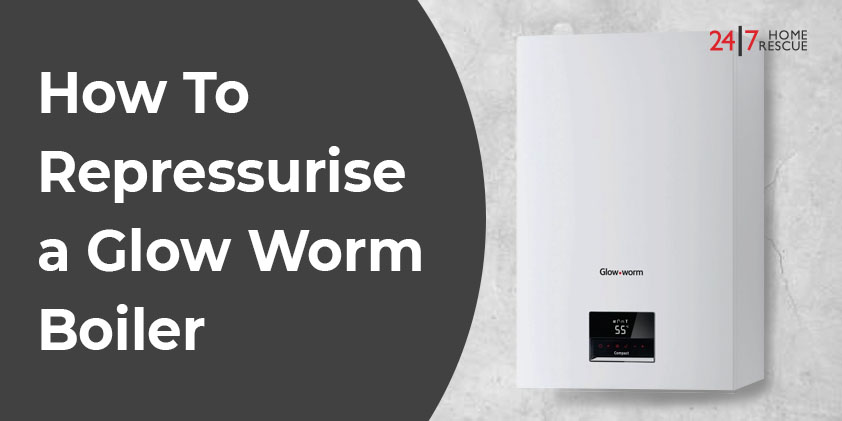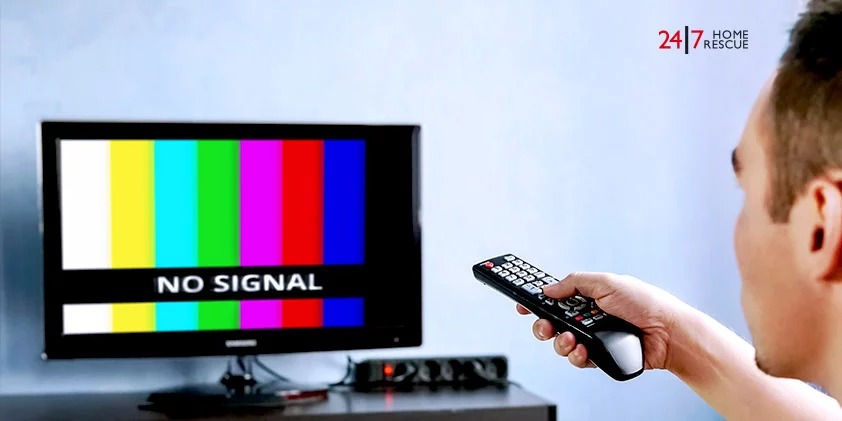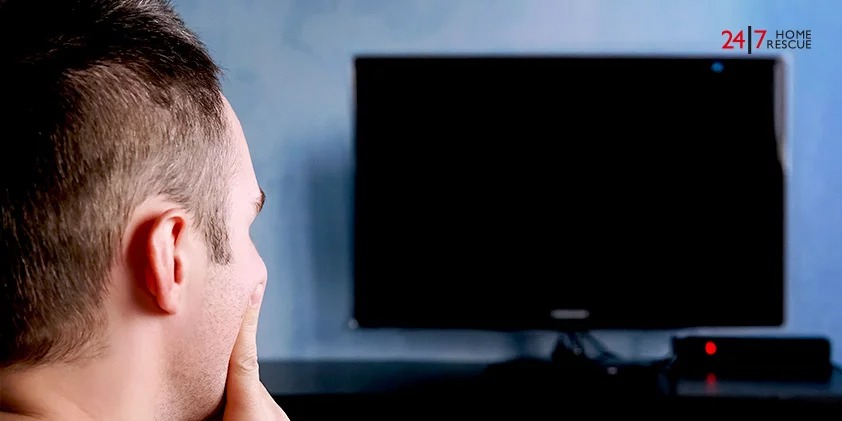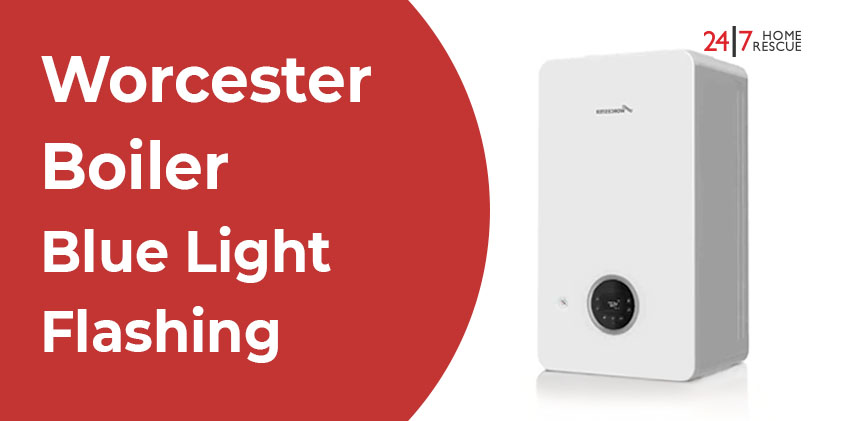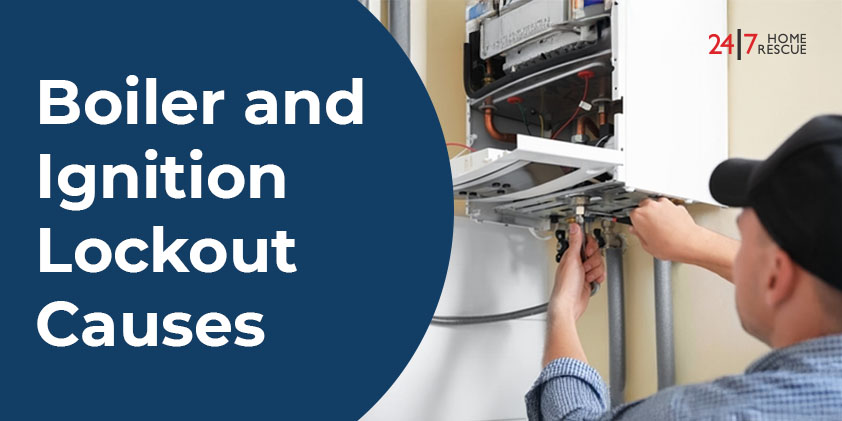
Why Is My Radiator Cold? – Common Faults and How to Fix Them
If you’ve ever found yourself asking, “Why is my radiator cold?” you’re certainly not alone. A cold radiator can be incredibly frustrating, particularly when your central heating is operational, yet some or all radiators are failing to heat properly. However, fear not; understanding the root causes of this issue and how to address them can save you time, money, and prevent unnecessary calls to a heating professional. This knowledge can give you a sense of control over your home’s comfort, empowering you to take action when needed.
Are All Your Radiators Cold?

Start by determining whether the issue lies with all your radiators or just one. If every radiator in your home is cold, the first step is to examine your boiler and central heating system. Confirm that both the boiler is turned on and that the thermostat is set to the desired temperature. While this seems like a straightforward check, it’s a common oversight that can often be the source of the problem.
If your boiler is functioning correctly, but all radiators remain cold, the issue may stem from more complex problems with the boiler itself, the plumbing, or the pipework connected to your heating system. In such cases, attempting to resolve the issue on your own can be risky and is not recommended. It’s advisable to contact a certified heating engineer to assess and repair the system safely, preventing potential risks.

Boiler Repair
Book your boiler repair service online and save time and effort. Our certified engineer will provide you with hassle-free assistance.
Why is One Radiator Cold When Heating is On?

There are instances when only one radiator is cold while others function properly. This localised issue can arise from various common causes:
1. Air in the Radiator

Suppose you notice that your radiator is cold at the top but warm at the bottom. Trapped air is likely preventing the hot water from circulating effectively. The solution is to bleed the radiator, a simple process that involves using a radiator key to release the air trapped inside. You’ll need a cloth or a small container to catch any water that may escape during this process. Once the air is released, hot water should fill the radiator, allowing it to heat evenly.
Related Article: How to bleed a Radiator?
2. Sludge Buildup

A situation where the top half of the radiator is warm and the bottom half is cold typically indicates a buildup of sludge, which can consist of rust, debris, and sediment that settles at the base of the radiator. This sludge obstructs water flow and prevents proper heating. To remedy this issue, you’ll have to remove the radiator from its brackets and flush it thoroughly. Have towels or a basin ready to catch any water that spills out, and consider using a radiator cleaning solution to remove stubborn deposits.
Related Article: What is Central Heating Powerflush?

Central Heating System
Keep your home warm and energy-efficient with our one-off central heating system servicing. Extend the life of your system, reduce energy bills, and avoid unexpected issues.
3. Valve Issues

A cold radiator can also stem from malfunctioning or stuck valves. Start by checking that both the thermostatic radiator valve (TRV) and any secondary valves are fully open. Sometimes, the pin inside the TRV can become stuck, and removing the TRV head will allow you to inspect it. If the pin isn’t, apply a gentle tap to free it. If the valve is defective, it may need to be replaced to restore proper flow and functionality.
4. Poor System Balance

If the heating system is not balanced correctly, it can lead to uneven heat distribution throughout your home, causing some radiators to warm up faster than others. This imbalance can often be rectified by a heating professional who can balance your central heating system, ensuring that each radiator receives equal heat.
5. Pump Problems

A weak, faulty, or malfunctioning pump can also prevent hot water from circulating effectively throughout the radiators, resulting in cold radiators. Diagnosing and repairing pump issues should only be undertaken by a trained engineer, as it often requires specialised knowledge and tools.
When the Entire Radiator is Cold
If your radiator is uniformly cold, first ensure that both valves are open and that the pins inside the TRV are functioning well. If adjustments don’t work, the radiator valve itself may need to be replaced. An effective troubleshooting measure is to turn off all nearby radiators and check if the problem radiator begins to heat up. This technique may reveal if other radiators require bleeding or if there’s a larger issue with system balance.
Safety First

Always prioritise safety when dealing with your central heating system. Never attempt to service your boiler or heating components if you’re not familiar with the process. Working with gas appliances unsafely not only poses legal risks but can also be incredibly dangerous. If you have any doubts, it’s best to consult a professional technician to ensure your safety and the proper functioning of your heating system.
For those residing in the UK, reliable services like 24|7 Home Rescue can offer expert guidance, emergency assistance, and central heating cover, ensuring you have peace of mind regarding your heating system.
Conclusion
Cold radiators can occur due to various reasons, including trapped air, sludge buildup, valve malfunctions, or systemic imbalances. By understanding the causes behind a cold radiator, in particular, why one radiator stays cold while others heat up, you can often address minor issues yourself.
However, do not hesitate to reach out to a professional if problems persist, especially in cases where a radiator is cold all over or multiple radiators are affected. Taking prompt action can enhance your heating efficiency and ensure a warm, comfortable home, giving you peace of mind and reassurance.
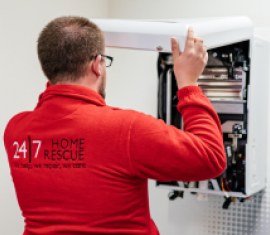
Boiler Insurance You Can Trust
Get boiler breakdown and landlord cover including free annual boiler service.
Choose your policy type
At 24|7 Home Rescue, we aim to keep our blogs accurate and helpful at the time of publication. However, details such as images, services, or product information may change. Content is for general information only and not professional advice. For the latest updates, please review our Terms & Conditions or contact us directly. 24|7 Home Rescue accepts no liability for actions based on outdated or incomplete content. Our team is always happy to help with any questions.


